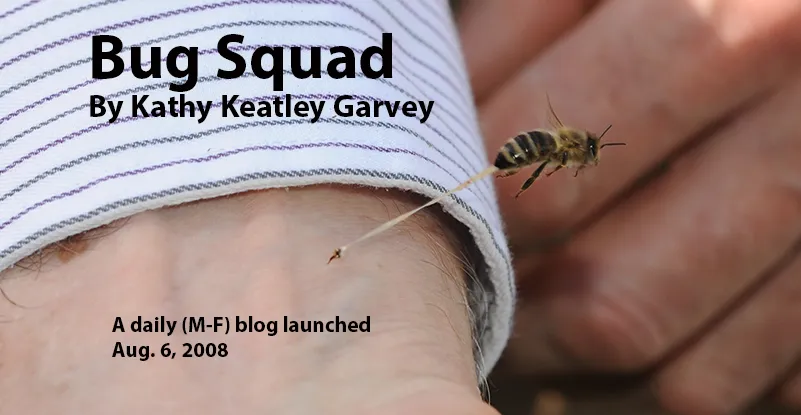New Year's Day is not only the beginning of a year, but it's also the beginning of two UC Davis insect contests: one involving a cabbage white butterfly, and the other, a bumble bee.Chances are no one won either one today, as it's been raining almost non-stop, and the 10-day forecast predicts an 80…

